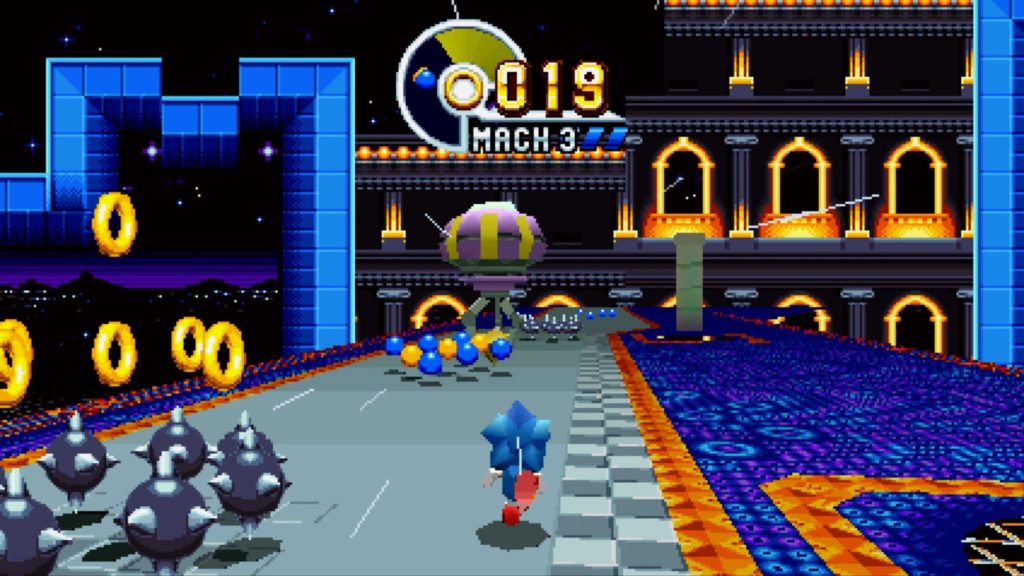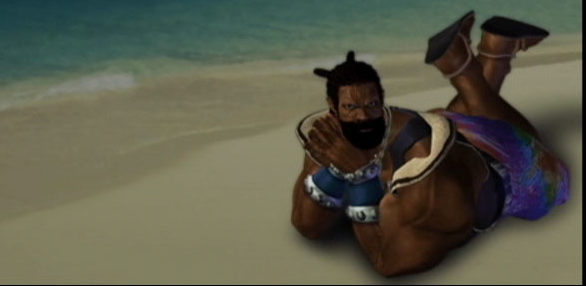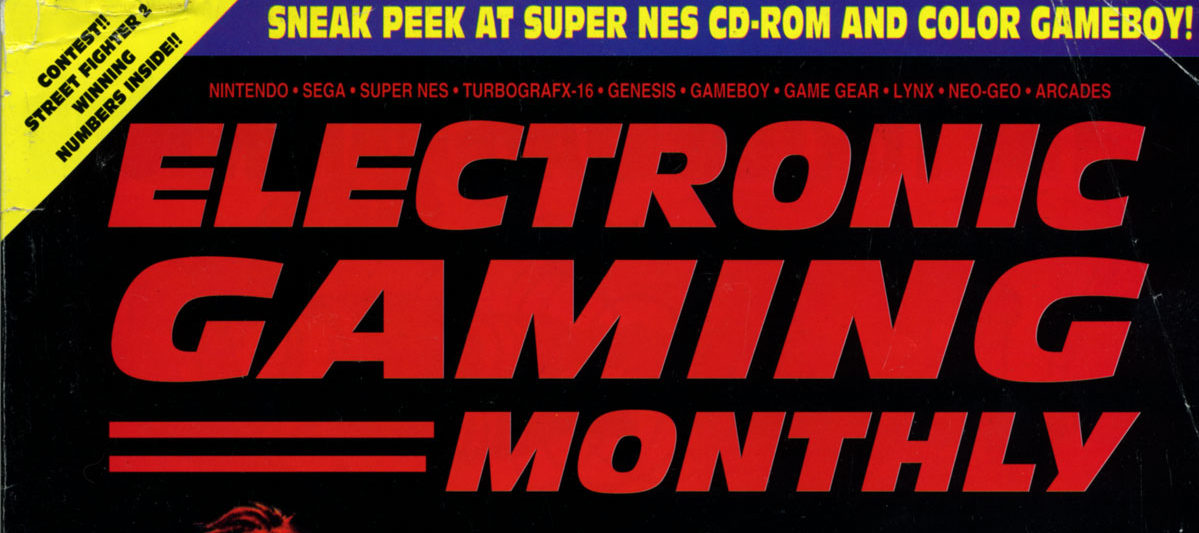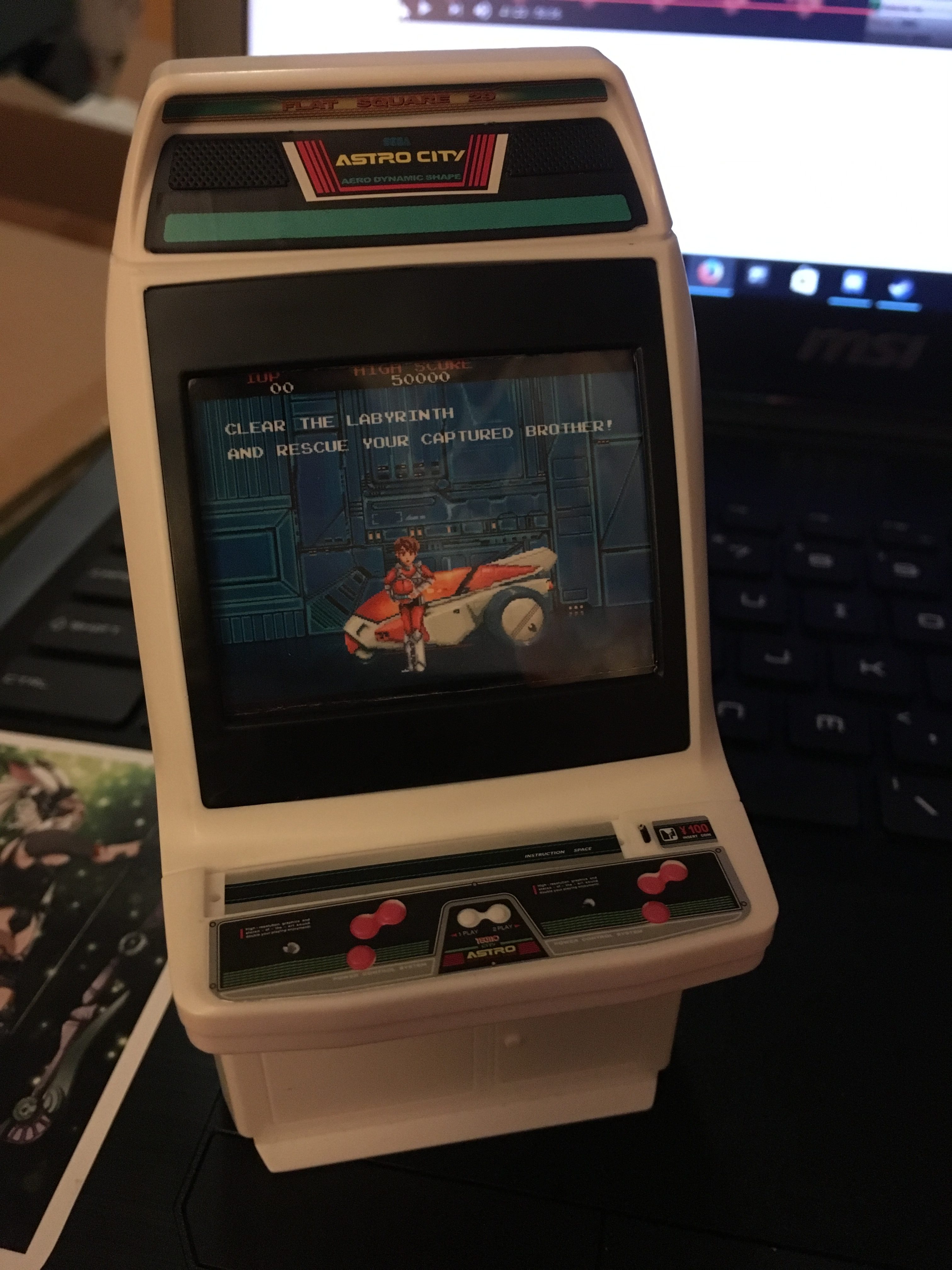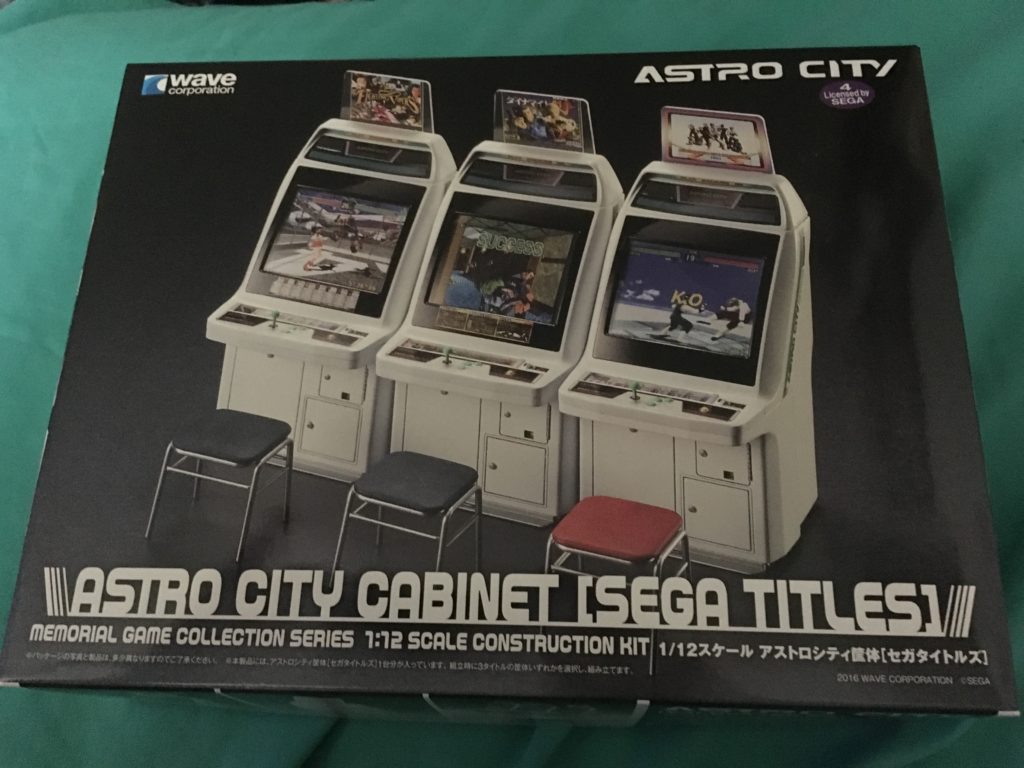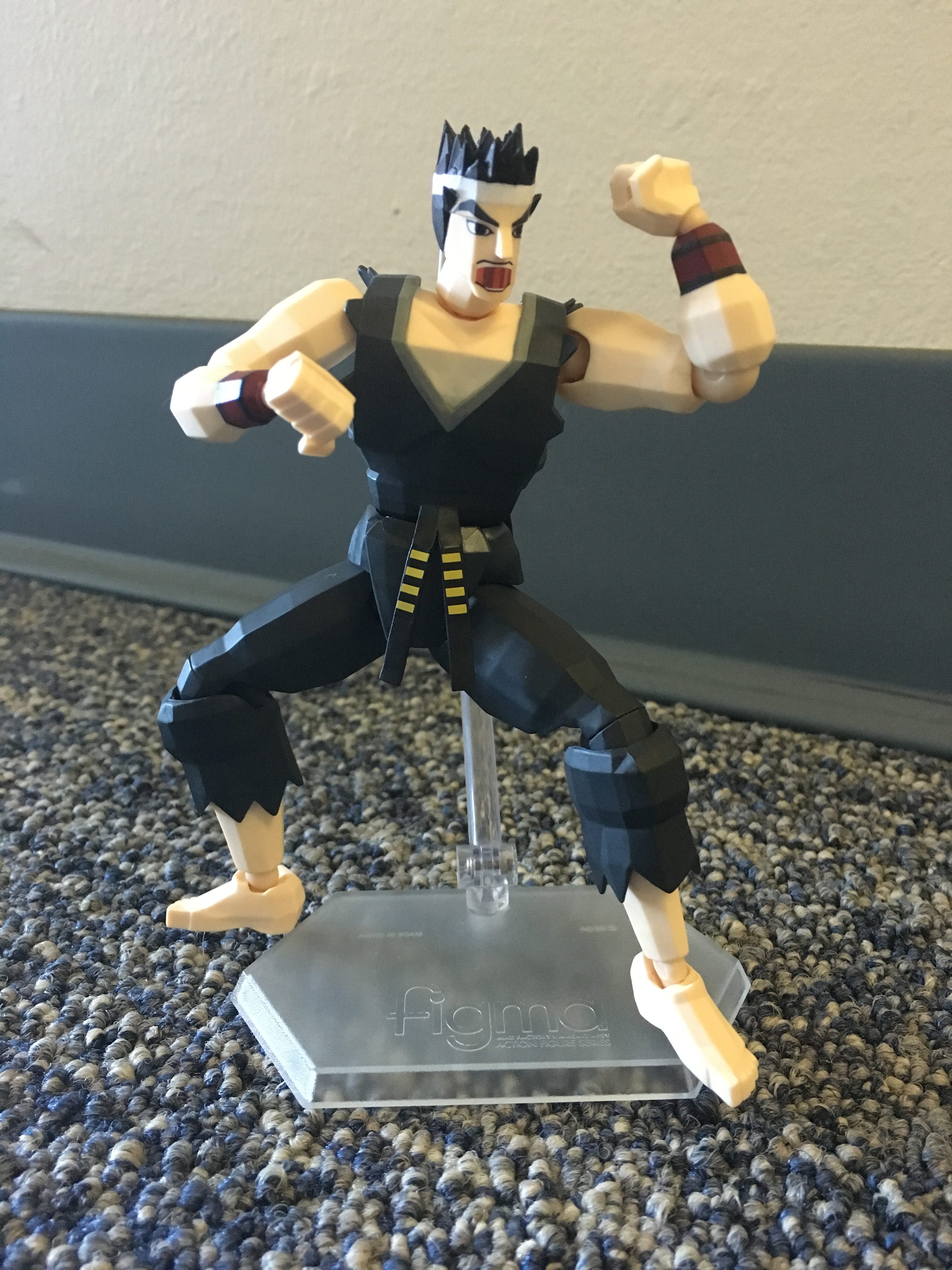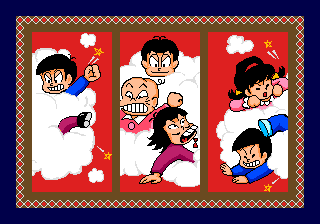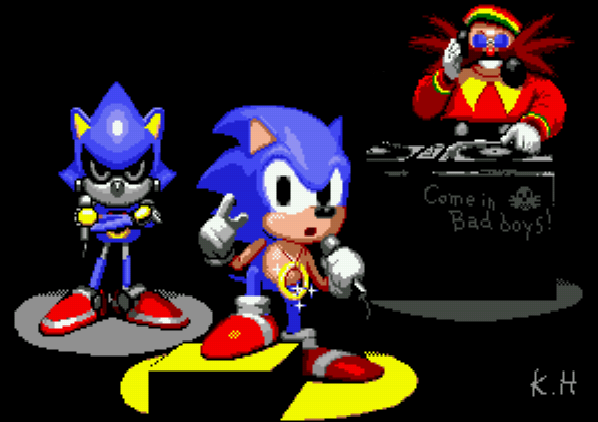Hey, I reviewed Sonic Mania Plus recently! Some people seemed to take issue with the fact that I said the new content was a bit of a letdown — which I think more people might be inclined to agree with now that the game’s out. I mean, the team had the opportunity to put the Love Tester back into Studiopolis and they didn’t. I had to dock a point immediately right there. (It’s a joke, people.)
But some folks seemed unusually incensed that I said the special stages were bad. I don’t know why this point in particular seemed to get folks all in a huff, because… well, yeah, Sonic Mania special stages are pretty miserable. They’re absolutely the weak link in an otherwise spectacular game, and having to play more of them was not a fun prospect, made worse by the fact that the special stage rings are still a royal pain in the ass to find (and farm in postgame).
Here’s the thing, though. I’ve played a lot of classic Sonic. I’ve spent a tremendous amount of time in these games’ special stages. I think I have a pretty damn good idea of what makes for a fun Sonic special stage. And, my friends, Sonic Mania’s special stages are absolutely not fun, especially in comparison to some of the other great special stages Sonic has offered us.
So, readers, I would like to once again present you with a painstakingly compiled list of mini-reviews. This time, we’re not reviewing games, but games within games. We’re going to be looking at all of the classic Sonic series special stages1 and evaluating each type… and maybe tell a fun story or two of youthful obsession.
- Except the SMS/Game Gear stuff. Those games aren’t very good, I didn’t own a Game Gear/SMS, and I don’t care. ↩

